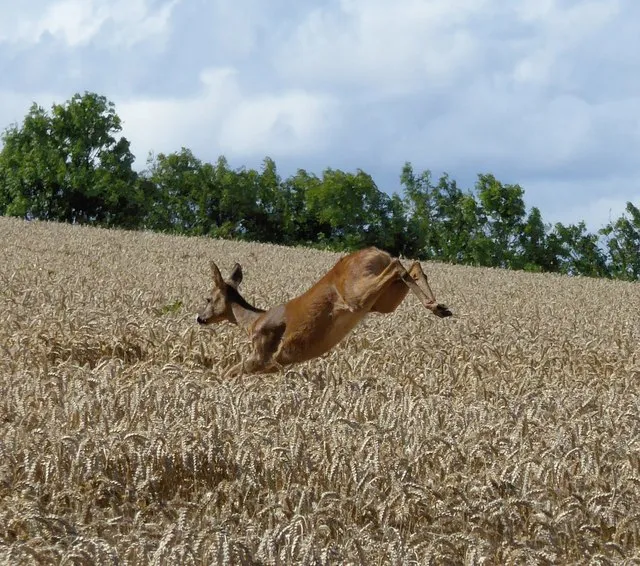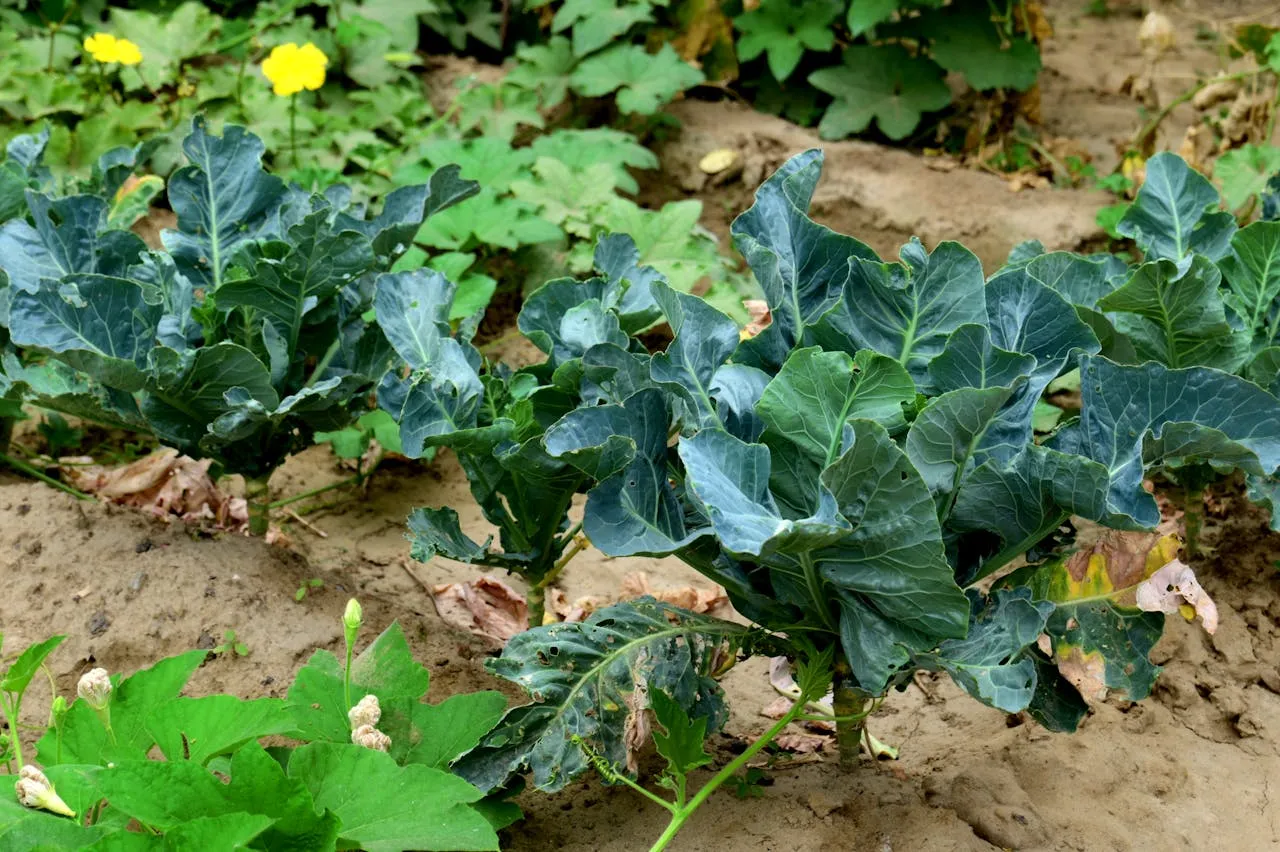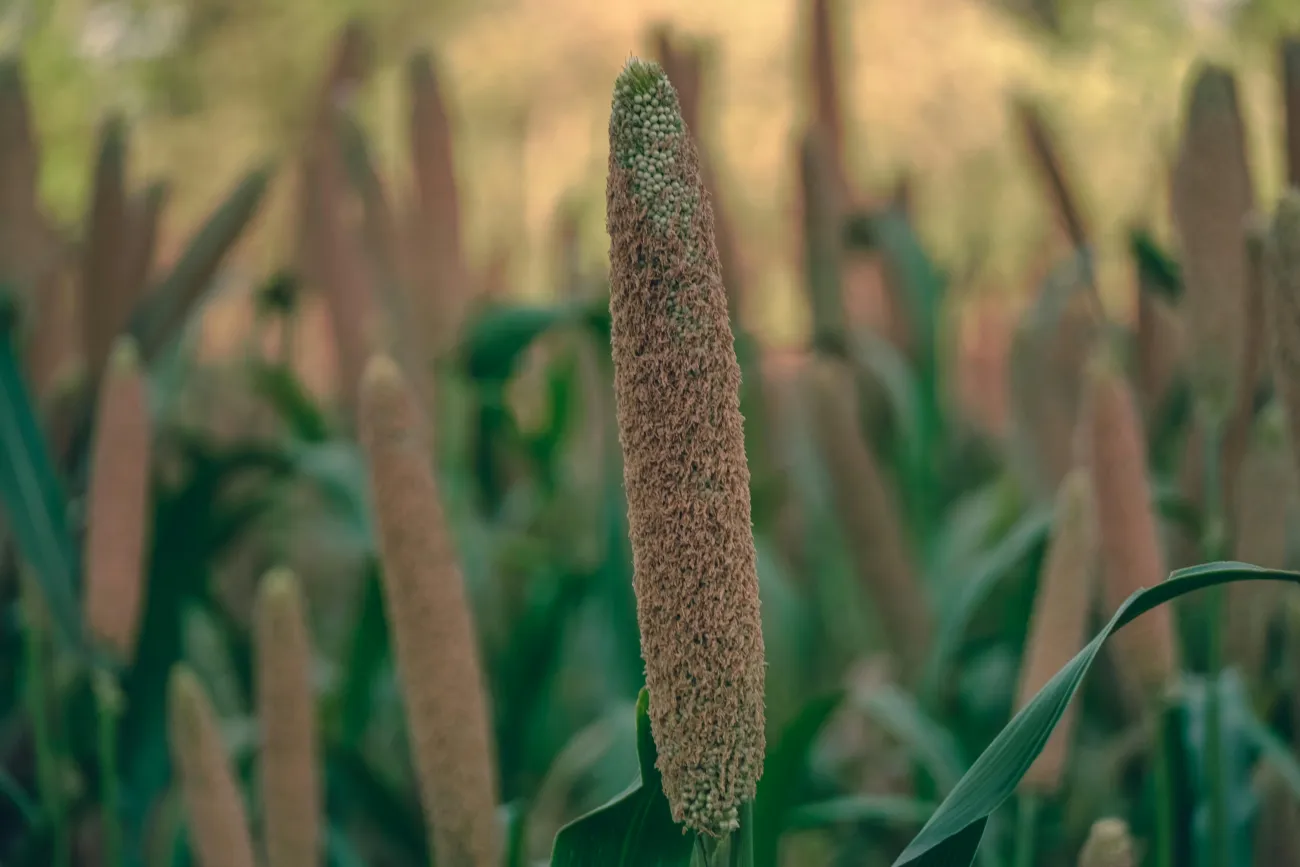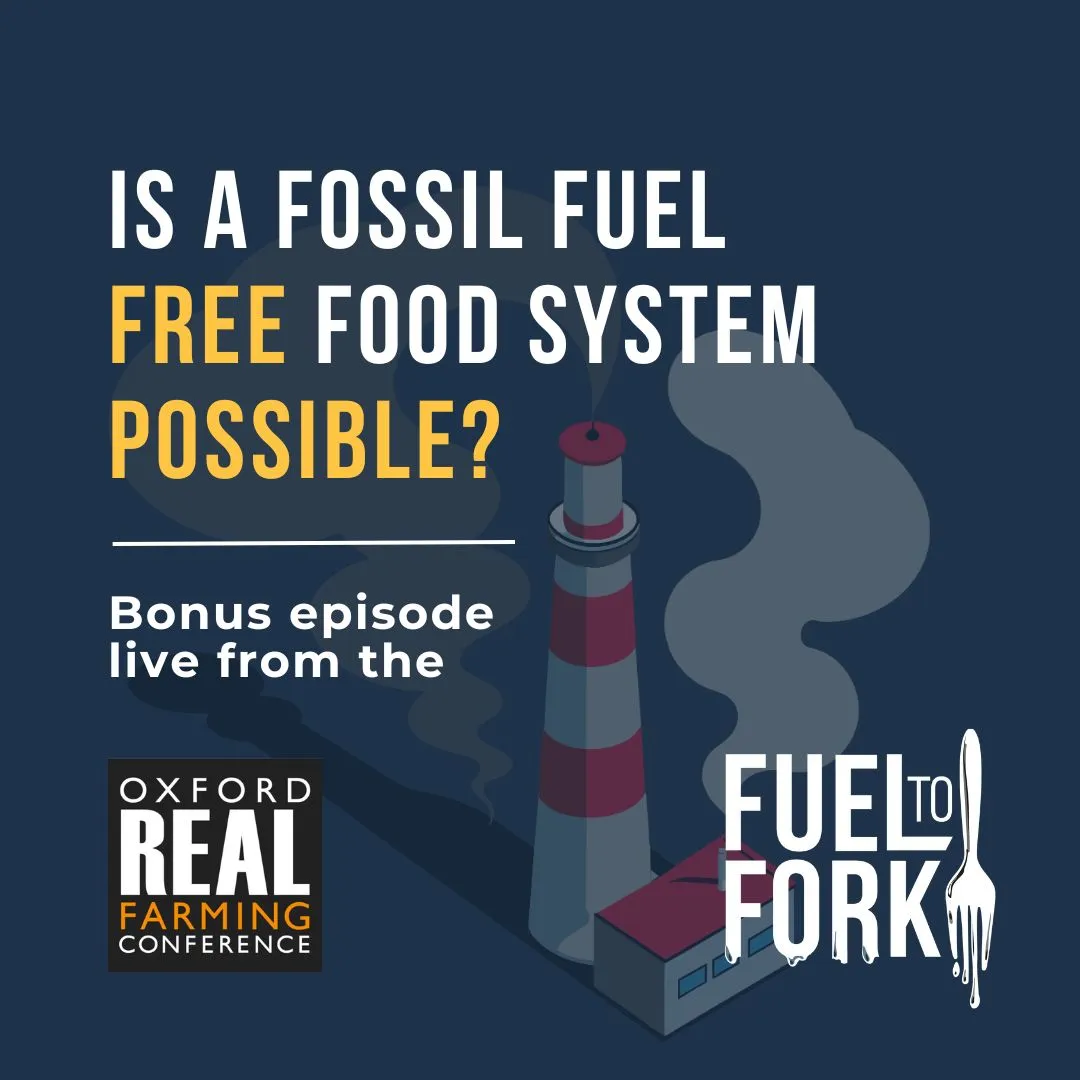Intensifying agricultural production can make farmland less valuable for wildlife, says a new paper, but optimising land use (by intensifying agriculture in areas where it will cause the least biodiversity loss) can reduce the projected biodiversity loss by up to 88%. The winners and losers of this strategy depend on whether land use is optimised globally or nationally.

The paper predicts that intensification of agriculture could lead to a 20% increase in global food production in 2040 relative to 2000, but that the biodiversity value (a metric developed in the paper) of global agricultural land would decrease by 11%.
Biodiversity loss can be moderated by prioritising intensification in areas where it will cause the least damage to biodiversity.
The paper finds that optimising land use in this way on a global scale could avert 88% of the projected biodiversity loss. However, this would produce some extremes of outcome in terms of both biodiversity loss and economic impacts. For example, some European countries would suffer high biodiversity losses because of high intensification, while several lower income countries would not be able to achieve much increase in food production.
Optimising land use within individual countries could still avoid 61% of projected biodiversity loss while avoiding some extremes of local outcomes. Ten countries (India, China, Philippines, Brazil, Australia, Mexico, Indonesia, Democratic Republic of the Congo, Ecuador, Vietnam) could together avoid one third of the projected loss.
Abstract
Closing yield gaps within existing croplands, and thereby avoiding further habitat conversions, is a prominently and controversially discussed strategy to meet the rising demand for agricultural products, while minimizing biodiversity impacts. The agricultural intensification associated with such a strategy poses additional threats to biodiversity within agricultural landscapes. The uneven spatial distribution of both yield gaps and biodiversity provides opportunities for reconciling agricultural intensification and biodiversity conservation through spatially optimized intensification. Here, we integrate distribution and habitat information for almost 20,000 vertebrate species with land‐cover and land‐use datasets. We estimate that projected agricultural intensification between 2000 and 2040 would reduce the global biodiversity value of agricultural lands by 11%, relative to 2000. Contrasting these projections with spatial land‐use optimization scenarios reveals that 88% of projected biodiversity loss could be avoided through globally coordinated land‐use planning, implying huge efficiency gains through international cooperation. However, global‐scale optimization also implies a highly uneven distribution of costs and benefits, resulting in distinct “winners and losers” in terms of national economic development, food security, food sovereignty or conservation. Given conflicting national interests and lacking effective governance mechanisms to guarantee equitable compensation of losers, multinational land‐use optimization seems politically unlikely. In turn, 61% of projected biodiversity loss could be avoided through nationally focused optimization, and 33% through optimization within just 10 countries. Targeted efforts to improve the capacity for integrated land‐use planning for sustainable intensification especially in these countries, including the strengthening of institutions that can arbitrate subnational land‐use conflicts, may offer an effective, yet politically feasible, avenue to better reconcile future trade‐offs between agriculture and conservation. The efficiency gains of optimization remained robust when assuming that yields could only be increased to 80% of their potential. Our results highlight the need to better integrate real‐world governance, political and economic challenges into sustainable development and global change mitigation research.
Reference
Egli, L., Meyer, C., Scherber, C., Kreft, H. and Tscharntke, T., 2018. Winners and losers of national and global efforts to reconcile agricultural intensification and biodiversity conservation. Global change biology, 24(5), pp.2212-2228.
View the full paper here or here (PDF link). See also the Foodsource resource What is land use and land use change?
Other relevant papers that we have covered include Global cropping intensity gaps: Increasing food production without cropland expansion and Land-use strategies to balance livestock production, biodiversity conservation and carbon storage in Yucatán, Mexico.




Comments (0)